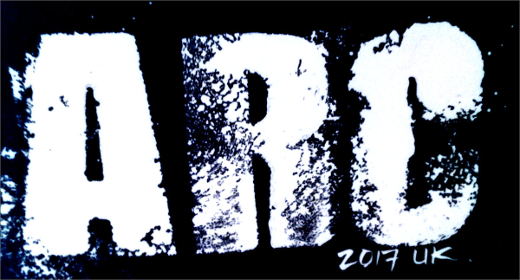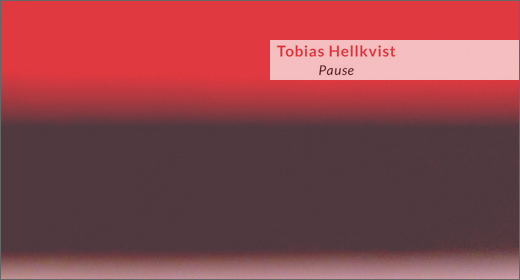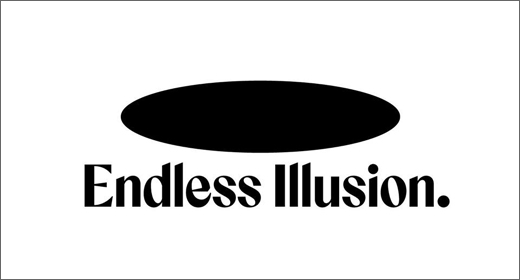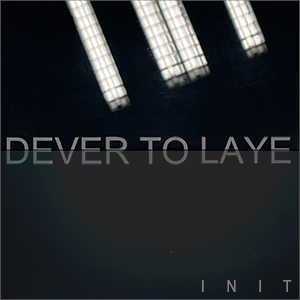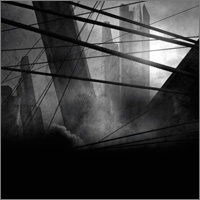
(June 2010) Having frequently commented upon the cinematic nature of a wide variety of releases it makes a welcome change to be able to listen to and review an album that actually is a soundtrack to a film. In the case of And in the endless pause there came the sound of bees it is Johann Johannsson’s soundtrack to the CGI short Varmints that tells the story of one of the “few,” a ridiculously cute, purring, rodent-like creature that lives a happy, pastoral life in idyllic countryside. Adapted from an illustrated children’s book by Helen Ward and directed by its illustrator Marc Craste, the film was sometimes criticised for being a sentimental eco-parable (rather harsh given the nature of the source material) but also received a great deal of praise for its beautiful animation and for its score recorded with the City of Prague Philharmonic Orchestra and Chorus. It is easy to see why.
One of the “few” strolls carefree through the flora and fauna that covers peaceful, rolling meadows, birdsong and the fairy-tale flurry of dandelion snow filling the air, jotting down notes in a small botanical journal before relaxing under a shady tree. An unexpected wave of seagulls passes overhead and an ominous black cloud appears on the horizon.
There’s a sort of fondly remembered, child-like innocence to the nervously tapped piano keys and coddling string sweeps that builds to a tranquil head in the opening “Theme” that is only enhanced by the sound of seagulls heard overhead, followed by a rumble of thunder that acts as a figurative full-stop.
Hordes of “others” emerge from the swirling blackness, dragging behind them a vast metropolis of dark, filthy tower-blocks and skyscrapers. Erected in moments, the green world of the “few” is swallowed up, the meadows paved over with concrete, its only chance of survival to travel to the choking, polluted city.
Johannsson’s compositions are necessarily cut and spliced into the film itself to fit the narrative and visuals. At forty-five minutes in duration, however, there is far more material on ‘And in the endless pause…’ than appears in the film itself making this a sort of Composers Cut of the soundtrack. Many of the pieces that do appear in Varmints are significantly ramped-up in terms of the emotional drama (and arguably the sentimentality) whereas here the music has more space to breathe, to develop more subtly, cumulatively, and ultimately to speak for itself.
A perfect example is the longer alternate version of “City Building,” the dramatic chorus of child-like voices in the original replaced formerly by angelic soprano drones atop a slowly building bed of descending strings and latterly by Michaela Srumova’s utterly heartbreaking, solitary siren song that floats amidst a whirl of plucked harp and the swelling throng of strings from the city theme. The overwhelming feelings of loss and ruin are so devastating it is hard to emerge from the album emotionally unaffected.
But our “few” rescues a single tiny seedling that he nurtures with captured rainwater, a single beacon of hope as he ekes out his life in his tin-pot, ramshackle, run-down apartment. The seedling releases spores into the air which float across the city before rooting themselves within its structures. The seedling wilts and dies.
Johannsson’s electronics and heavily contrasting instrumental elements play their most significant part on the darker moments of And in the endless pause… The distant clanging of industry and the stark, cold swathes of sawing metallic pads set “The Flat” apart, as does the oddly discordant, almost atonal church organ and pealing choral calls on “Siren Song” or the hot winds that whistle through twisted metal and ash-covered debris in “Dying City.”
The “others” ceaselessly drudge, heads-hung, through grimy, waste-filled streets too mired in apathy to do anything about the choking ash and pollution that is strangling both them and the world around them, turning a blind eye to the dead lying on the streets. The rooted seeds swell ominously until finally they break free of the city, shattering buildings and raining debris in their wake.
As the album progresses, a sense of resignation sets in, tinged only with the briefest glimpses of hope and happiness. “The Pods” is flooded with a nostalgic, half-remembered joy led by delicately trickling glockenspiel and solemnly plucked harp that conjure fond memories of one’s childhood that can only be tinged with the deepest of sorrows at the thought of everything since lost, whilst the quivering, vibrato strings and sweet piano phrases of “The Gift” offer only the faintest glimmer of unrequited hope.
The dank claustrophobia and panic of “Escape” is conjured primarily through a defeated, moaning cello that slowly darkens and transforms into a snarling, savage beast that rears out of threatening shadow until a funereal choral passage heralds a terminal journey up the wooden hill to Bedfordshire.
The giant pods sweep across the city collecting the surviving “few” with long, dangling tendrils that carry them up into themselves revealing self-contained, miniature countryside pod-worlds that can once again sustain them. They shower the broken city with seeds as they carry the “few” away.
“Inside The Pods,” perhaps the most joyous moment of the album is simultaneously the saddest: even though anguish and turmoil dissipates in a deep exhalation of relief, the comfort, the familiarity and the peace that return can never erase the scars of the ordeal that led to them. “End Theme” is the bombastic final chapter and closing credits music for ‘And in the endless pause…’ as huge, deep harpsichord keys thunk out a final melodic theme that was first heard in the hope-filled, victory against-the-odds “Rainwater,” a dramatic valedictory moment that ends this turbulent, exhausting emotional journey.
Having heard this prior to seeing (or indeed having any knowledge of) Varmints I can wholeheartedly say that as a standalone album it is actually even more successful than as the score to the film. Johannsson’s albums have never been short on emotional heft, but suffice it to say that And in the endless pause there came the sound of bees is aimed squarely at the heart. It is relentless, evocative, painfully beautiful and one of the most affecting releases I have heard in a long, long while.
And in the endless pause there came the sound of bees is out now on Type. [Listen | Purchase]











